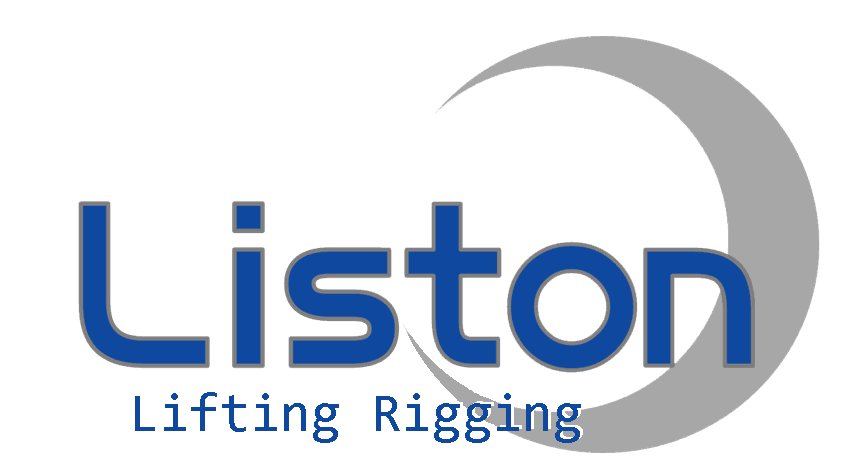A hydraulic engine crane is a powerful and versatile tool used to lift and move heavy objects in a variety of industrial and automotive applications. It is an essential piece of equipment in workshops, factories and construction sites where heavy machinery and components need to be lifted and manipulated accurately and safely. In this article, we will explore the features, uses, and benefits of hydraulic engine cranes and how they have become an indispensable tool for professionals in the automotive and industrial fields.
Features of hydraulic engine cranes
Hydraulic engine cranes are designed to provide reliable and efficient lifting solutions for heavy loads. They are equipped with hydraulic systems that use fluid pressure to generate lifting force, allowing them to lift loads beyond the capabilities of manual or electric cranes. The hydraulic system is operated by a foot-operated or hand-operated pump, allowing the user to easily and precisely control the lifting and lowering of the crane.
One of the key features of a hydraulic engine crane is its adjustable boom, which can be extended or retracted to reach different heights and distances. This flexibility makes it suitable for lifting and moving objects of various sizes and shapes. Additionally, hydraulic engine cranes are often equipped with swivel casters or wheels, which allow them to be easily maneuvered within the work space, providing greater mobility and accessibility.
Hydraulic engine crane uses
Hydraulic engine cranes are widely used in the automotive industry to lift and remove engines from vehicles. They provide a safe and efficient way to lift heavy engines out of the engine bay, allowing mechanics and technicians to easily perform maintenance, repairs or replacements. Adjustable jib and swivel casters allow precise positioning of the crane, ensuring the engine can be lifted and moved without causing damage to the vehicle or surrounding equipment.
In addition to automotive applications, hydraulic engine cranes are also used in industrial environments to lift heavy machinery, equipment and components. They are commonly used in manufacturing plants, warehouses and construction sites to handle heavy loads such as electric motors, generators and large parts. The ability to adjust the jib and maneuver the crane makes it a versatile tool for performing a variety of lifting and positioning tasks, helping to increase the productivity and safety of industrial operations.
Advantages of hydraulic engine cranes
Using hydraulic engine cranes offers several benefits to professionals in the automotive and industrial fields. One of the main advantages is the ability to lift heavy objects with minimal physical exertion, thus reducing the risk of worker injury and strain. The hydraulic system provides smooth and controlled lifting movement, allowing precise positioning of loads without excessive physical effort.
Additionally, the mobility and maneuverability of hydraulic engine cranes make them a practical solution for lifting and moving heavy objects in tight or crowded work spaces. Swivel casters or wheels allow the crane to be easily transported to different locations, providing flexibility and convenience for a variety of lifting tasks. This versatility helps improve efficiency and workflow in workshops and industrial facilities.
Another significant advantage of hydraulic engine cranes is their durability and reliability. They are built with sturdy materials and components to withstand the demands of heavy lifting and frequent use. The hydraulic system is designed for long-term performance, providing consistent lifting power and stability to safely lift heavy loads.
security considerations
While hydraulic engine cranes offer many advantages, safety must be a priority when using this equipment. Proper training and familiarity with crane operation are essential to ensure safe and effective use. It is important to follow the manufacturer’s guidelines and recommendations regarding maximum load capacity and operating procedures.
Regular maintenance and inspections of hydraulic press cranes are also critical to ensuring their safe and reliable performance. It is necessary to check the hydraulic system, boom and casters for signs of wear, leakage or damage to prevent potential hazards during operation. Additionally, using the appropriate lifting accessories and properly securing the load is critical to preventing accidents and ensuring the stability of the lifted object.
in conclusion
In summary, hydraulic engine cranes are indispensable tools for lifting and moving heavy objects in automotive and industrial environments. Its hydraulic system, adjustable boom and maneuverability make it a versatile and efficient solution for a variety of lifting tasks. Benefits of using a hydraulic engine crane include reduced physical labor, increased productivity, and increased safety in lifting operations. By understanding the functions, uses, and safety considerations of a hydraulic engine crane, professionals can harness the full potential of this important piece of equipment for their lifting and maneuvering needs.
Post time: Jul-19-2024


